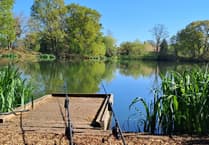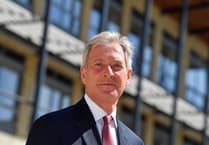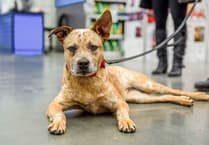THE first non-stop flight across the Atlantic in 72 consecutive hours by John Alcock and Arthur Whitten Brown in June 1919 is well known, but there were others who tried and failed at the same time.
Stan Dencher of New Milton, Hampshire, writes to say his grandfather, Stanley Dencher (1882-1977), was the works manager of a team from Woking, which unsuccessfully attempted the feat.
One of Stan’s relations has a photo of the Rolls-Martinsyde aircraft, called the Raymor, inside Martinsyde Ltd’s factory in Oriental Road. There is also a photo of staff at the factory from 1919 and Stan asks whether readers may be able to help identify some of them.
He says: “Grandpa is third from the left with the watch chain. Fifth from the left with a cap on and hands in his pockets is George Harris Handasyde, director and technical manager of Martinsyde Ltd, who was born in Edinburgh in about 1877 and who died in Scotland in 1958. He was reputed to have owned the third motor-car ever seen in Britain.
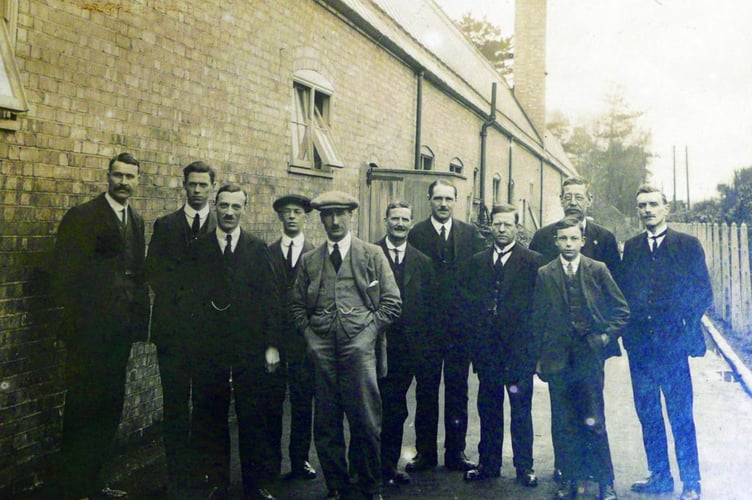
“The photo may include Helmut Paul Martin, chairman and managing director of Martinsyde Ltd, who was born in London in 1883. And also Frederick Philip(s) Raynham (pilot) Captain Charles William Fairfax Morgan (navigator), and Hamilton Fulton, a director of Martinsyde Ltd and general manager of the factory.
Stan adds that the Raymor that took part in the 1919 race had the following vital statistics: 41 feet wing span, just over 26 feet length, 10 feet 10 inches height to the top of the propeller, about 360 gallons of petrol in the tank, about 5,000 pounds weight when fully loaded, 100 miles per hour cruising speed, wings cream-yellow in sunlight and her body and tail scarlet.
Alcock and Brown scooped the £10,000 prize money awarded by the Daily Mail, flying a Vickers Vimy biplane, built at Brooklands, Weybridge. A statue at Brooklands Museum commemorates their feat. They and the three other competitors shipped their aircraft to Newfoundland, Canada, taking off from a rough field, on different dates.
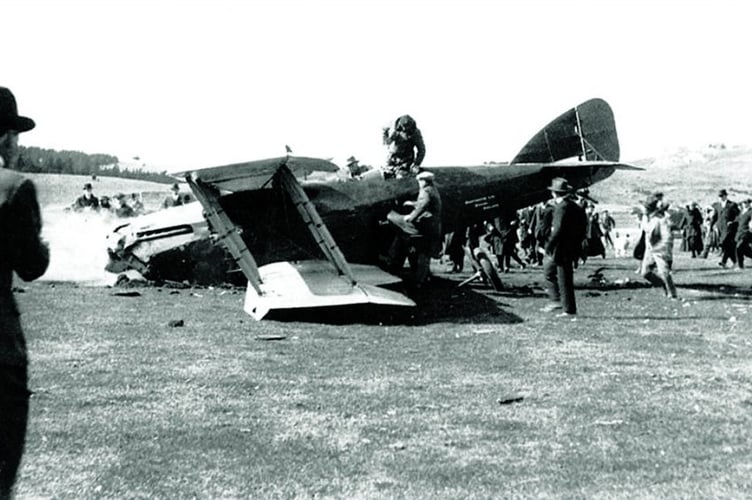
Unfortunately, pilot Raynham and navigator Morgan’s Raymor aircraft crashed on takeoff due to its high fuel load on 18 May 1919. Alcock and Brown took off nearly a month later on 14 June landing the next day at Clifden, Ireland.
The third picture seen here must have been taken moments after Raymor crashed. It is featured on a website named Their Flying Machines.
According to Stan Dencher, Helmut Martin and George Handasyde originally traded as aeroplane manufacturers and aeronautical engineers. In May 1915 the partnership was converted into a company, with its registered office at Brooklands.
However, in April 1915, Martin and Handasyde had bought the former Oriental Institute in Maybury, Woking, as a secondary site. After the First World War the firm focused on making civilian motorcycles.
Mr Handasyde’s son Robert, was born in 1908 and he went on to become a director of British Aircraft Corporation’s Weybridge division.
If you have some memories or old pictures relating to the Woking area, call me, David Rose, on 01483 838960, or drop a line to the News & Mail.
David Rose is a local historian and writer who specialises in what he calls “the history within living memory” of people, places and events in the west Surrey area covering towns such as Woking and Guildford. He collects old photos and memorabilia relating to the area and the subject, and regularly gives illustrated local history talks to groups and societies. For enquiries and bookings please phone or email him at: [email protected]

